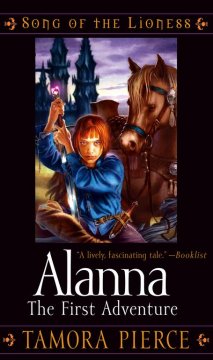Could someone please explain to me how it is the last week in August already? I think we all agree to make the most of our last official days of summer…which, naturally, means reading as many fun, witty, delicious, and engrossing books that we possibly can. Preferably in a place filled with sunshine. Wherever this weekend finds you, beloved patrons, I hope it is a good one, and that you come back with plenty of good stories to share!
Here are five books that appeared on our shelves this week for your reading pleasure:
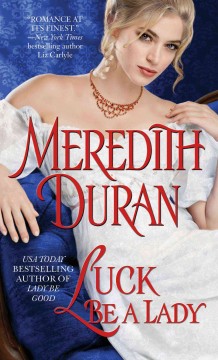 Luck Be Lady: Meredith Duran is one of best historical romance writers out there today, and while her books tend to fly just under the radar, they are always a sure-fire hit, featuring unconventional characters in refreshingly original situations. At heart of each of them though, is a romance that will knock your socks off. In this fourth installment of her Rules for the Reckless series, Catherine Everleigh is determined to win back the auction house that was to be her birthright, and nothing will stand in her way. But when Nicholas O’Shea, and infamous crime lord, offers her a marriage of convenience to help them both obtain their goals, she finds that her once-broken heart may be the one factor she never considered in her plans.
Luck Be Lady: Meredith Duran is one of best historical romance writers out there today, and while her books tend to fly just under the radar, they are always a sure-fire hit, featuring unconventional characters in refreshingly original situations. At heart of each of them though, is a romance that will knock your socks off. In this fourth installment of her Rules for the Reckless series, Catherine Everleigh is determined to win back the auction house that was to be her birthright, and nothing will stand in her way. But when Nicholas O’Shea, and infamous crime lord, offers her a marriage of convenience to help them both obtain their goals, she finds that her once-broken heart may be the one factor she never considered in her plans.
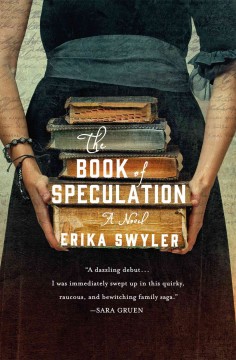 The Book Of Speculation: This book has been garnering attention and positive reviews even in pre-publication, which is usually a good sign, but when you hear that the main character of Erika Swyler’s debut is a librarian, I know you are all going to run to check out this book. When Simon Watson receives a mysterious book from an antiquarian book dealer, inscribed with the name of his grandmother, he uncovers a family curse that may have already cost him more than he knows. While I can appreciate that not everyone get excited about books about people researching historic things, to me, this book sounds like a slice of happiness. My favorite review thus far as come from the Star Telegram, which said “A good book is magical. A piece of our heart stays tucked inside its lines when we return the book to its place on our shelf. Good novels about good books can be even more special, doubling the fun with two tomes to love. And when the book within the book is actually magical, as it is – or may be – in Erika Swyler’s The Book of Speculation, well, let the wild read start.”
The Book Of Speculation: This book has been garnering attention and positive reviews even in pre-publication, which is usually a good sign, but when you hear that the main character of Erika Swyler’s debut is a librarian, I know you are all going to run to check out this book. When Simon Watson receives a mysterious book from an antiquarian book dealer, inscribed with the name of his grandmother, he uncovers a family curse that may have already cost him more than he knows. While I can appreciate that not everyone get excited about books about people researching historic things, to me, this book sounds like a slice of happiness. My favorite review thus far as come from the Star Telegram, which said “A good book is magical. A piece of our heart stays tucked inside its lines when we return the book to its place on our shelf. Good novels about good books can be even more special, doubling the fun with two tomes to love. And when the book within the book is actually magical, as it is – or may be – in Erika Swyler’s The Book of Speculation, well, let the wild read start.”
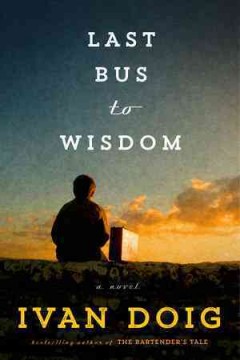 Last Bus To Wisdom: This is another novel that has been making waves lately, blending the best parts of a coming-of-age tale with a classic American road trip in a way that the San Francisco Chronicle called “a rambunctious adventure packed with color, vitality and characters worth rooting for”. Set in 1951, the story follows young Donal Cameron, who has been raised by his aunt in the Montana Rockies. But when she needs an operation, Donal finds himself shipped to his aunt’s sister, a mean-spirited woman who has no time or room for Donal. So he and his great-uncle, Herman the German embark on a cross-country adventure in a bus, meeting a whole host of unexpected and unforgettable characters along their way. Their Sadly, author Ivan Doig, chronicler of Montana, passed away in April, but this book seems a fitting legacy of a man whose writing was a love letter to the place he called home.
Last Bus To Wisdom: This is another novel that has been making waves lately, blending the best parts of a coming-of-age tale with a classic American road trip in a way that the San Francisco Chronicle called “a rambunctious adventure packed with color, vitality and characters worth rooting for”. Set in 1951, the story follows young Donal Cameron, who has been raised by his aunt in the Montana Rockies. But when she needs an operation, Donal finds himself shipped to his aunt’s sister, a mean-spirited woman who has no time or room for Donal. So he and his great-uncle, Herman the German embark on a cross-country adventure in a bus, meeting a whole host of unexpected and unforgettable characters along their way. Their Sadly, author Ivan Doig, chronicler of Montana, passed away in April, but this book seems a fitting legacy of a man whose writing was a love letter to the place he called home.
 Voracious : A Hungry Reader Cooks Her Way Through Great Books: Every once in a while a book comes up that makes you stop, shake your fist towards the indifferent sky and cry out “why didn’t I think of that?!”. This is one of those books. Cara Nicoletti grew up reading in her grandfather’s butcher shop, watching how food and stories both fed people’s souls and kept them going. Thus, her book is a tribute to both food and books, with recipes and essays that celebrate food in books (like Jane Austen’s perfect poached eggs) and the readers who make food delicious. Publisher’s Weekly gave this a starred review, saying it is “As inviting as a bowl of homemade chocolate pudding. . . . Nicoletti turns both reading and cooking into eagerly anticipated visceral experiences.”
Voracious : A Hungry Reader Cooks Her Way Through Great Books: Every once in a while a book comes up that makes you stop, shake your fist towards the indifferent sky and cry out “why didn’t I think of that?!”. This is one of those books. Cara Nicoletti grew up reading in her grandfather’s butcher shop, watching how food and stories both fed people’s souls and kept them going. Thus, her book is a tribute to both food and books, with recipes and essays that celebrate food in books (like Jane Austen’s perfect poached eggs) and the readers who make food delicious. Publisher’s Weekly gave this a starred review, saying it is “As inviting as a bowl of homemade chocolate pudding. . . . Nicoletti turns both reading and cooking into eagerly anticipated visceral experiences.”
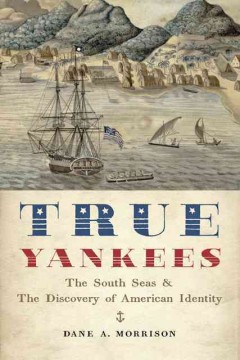 True Yankees : The South Seas And The Discovery Of American Identity: Dane A. Morrison’s newest book is a complex and fascinating study that traces the lives and exploits of five American seamen in the years just after the American Revolution, mostly in the South Seas and Pacific. Morrison (who teaches at Salem State University) looks at these men (and women!) not just as intrepid explorers, but considers how they conducted business in foreign cultures, how they understand the world, their place in it, and came home from these far-flung islands with a new concept of what it meant to be American. This is an overlooked portion of American history, and a place that few consider when looking at the early years of the American experience, but plenty of reviewers have been praising Professor Morrison’s narrative voice and research acumen, making this book sound like a winner for fans of history and travel alike.
True Yankees : The South Seas And The Discovery Of American Identity: Dane A. Morrison’s newest book is a complex and fascinating study that traces the lives and exploits of five American seamen in the years just after the American Revolution, mostly in the South Seas and Pacific. Morrison (who teaches at Salem State University) looks at these men (and women!) not just as intrepid explorers, but considers how they conducted business in foreign cultures, how they understand the world, their place in it, and came home from these far-flung islands with a new concept of what it meant to be American. This is an overlooked portion of American history, and a place that few consider when looking at the early years of the American experience, but plenty of reviewers have been praising Professor Morrison’s narrative voice and research acumen, making this book sound like a winner for fans of history and travel alike.
Happy Friday, and happy reading!


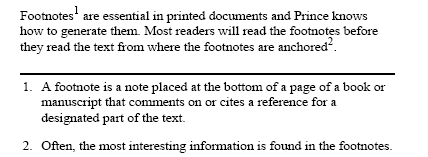
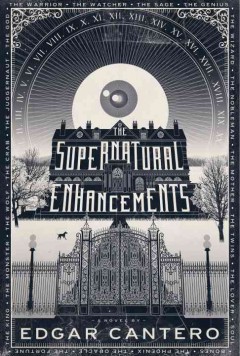
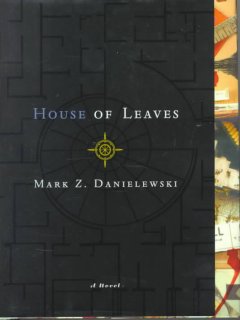

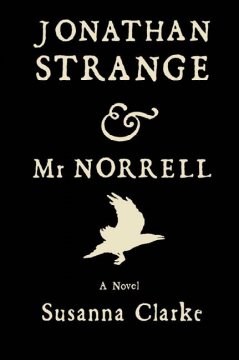
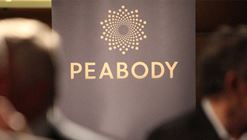 If you’ve told someone from outside the metro-Boston area where you live, their first reaction is usually bafflement; apparently, the vast majority of the country would call our city Peeeee-BODY, as opposed to running all the consonants together like you’re chocking on overheated alphabet soup, as we tend to do. But here in London, George Peabody’s adoptive home, his name is pronounced correctly with ease…and it is spoken with pride.
If you’ve told someone from outside the metro-Boston area where you live, their first reaction is usually bafflement; apparently, the vast majority of the country would call our city Peeeee-BODY, as opposed to running all the consonants together like you’re chocking on overheated alphabet soup, as we tend to do. But here in London, George Peabody’s adoptive home, his name is pronounced correctly with ease…and it is spoken with pride.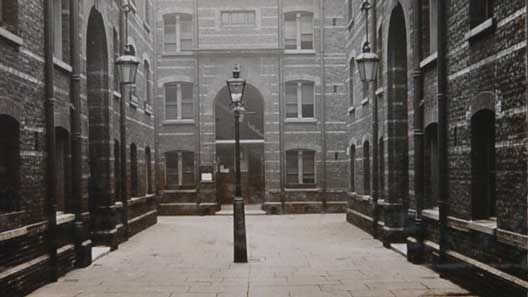


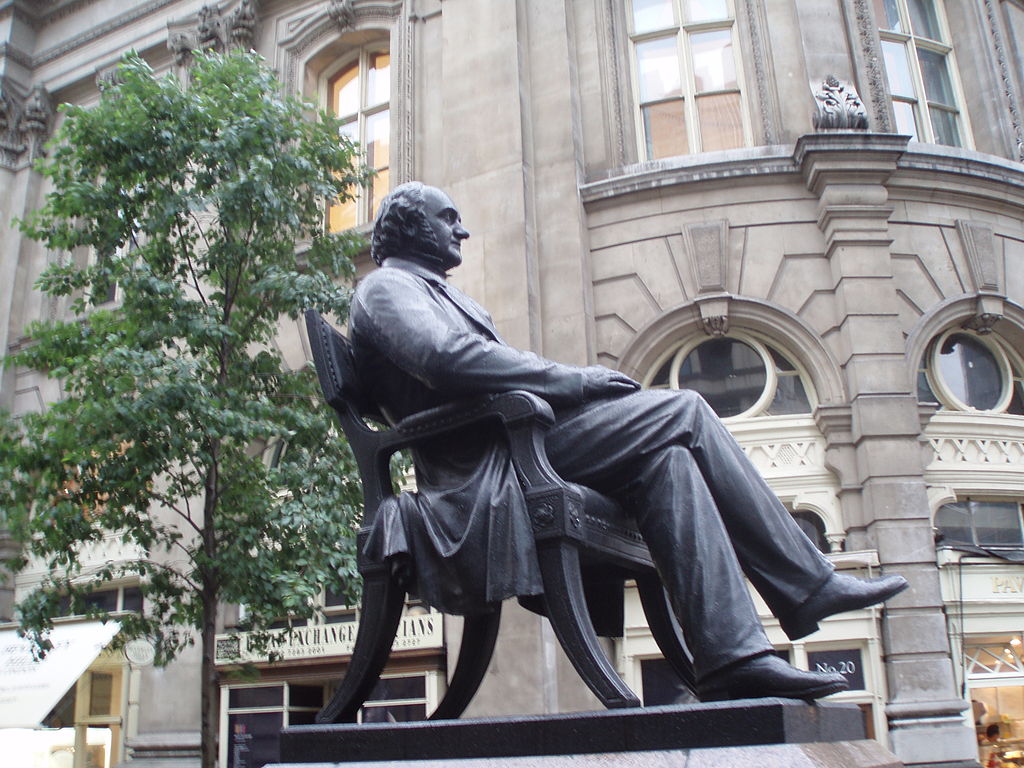
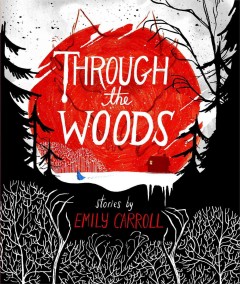
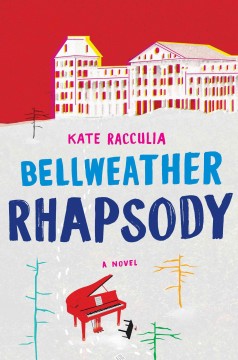
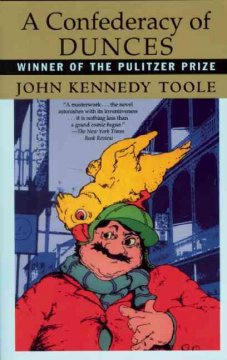
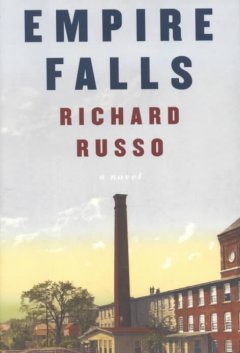

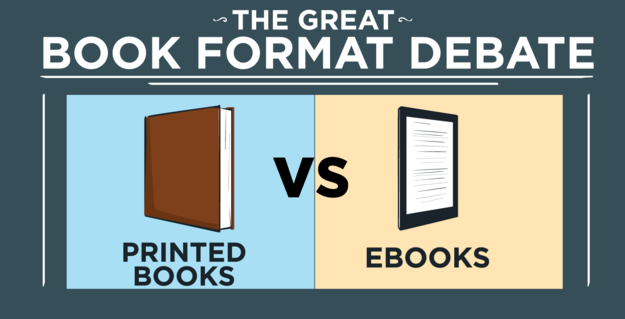
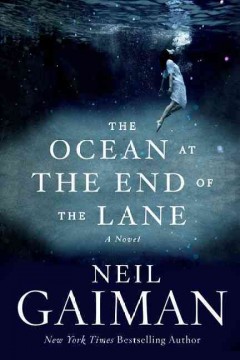
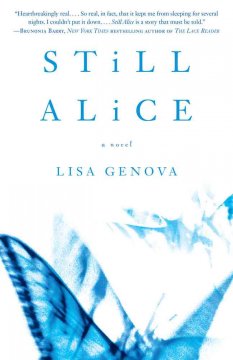
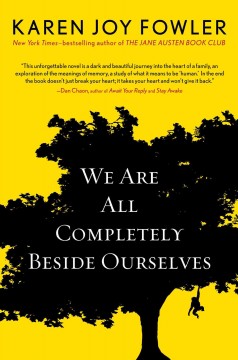
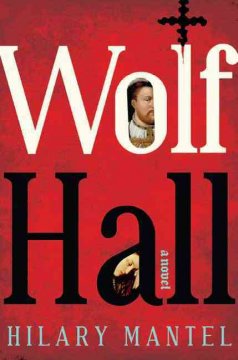
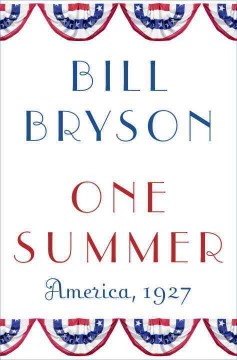
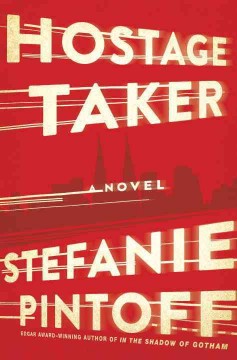
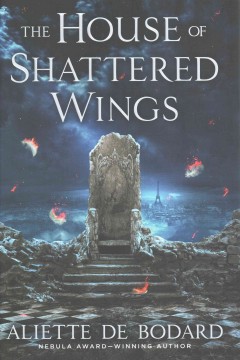

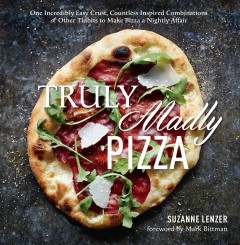
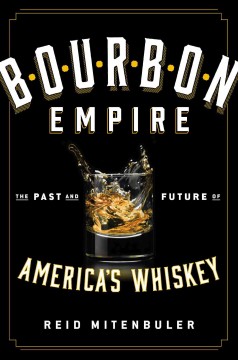
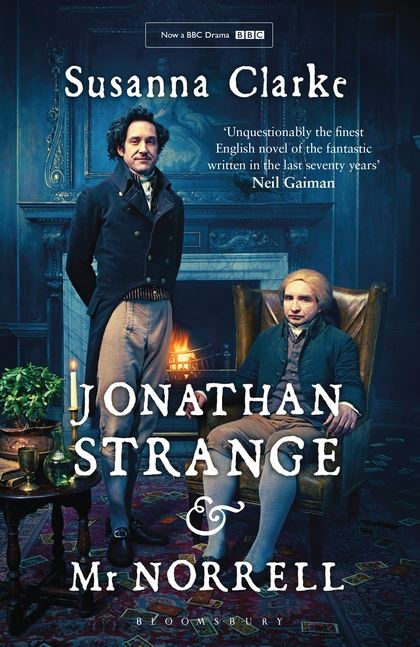
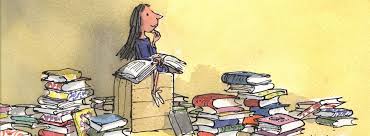
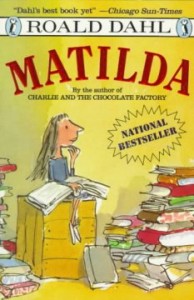
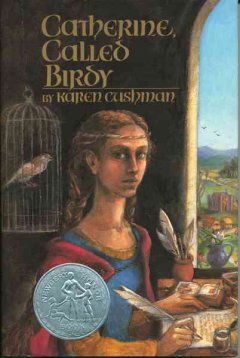 Catherine Called Birdy
Catherine Called Birdy